目录
窗口分类
1.按照驱动类型分类
1. 时间窗口(Time window)
2.计数窗口(Count window)
2.按照窗口分配数据的规则分类
窗口API分类
API调用
窗口分配器器:
窗口函数
增量聚合函数:
全窗口函数
flink sql 窗口函数
窗口是flink中重要的概念,为了方便高效的处理无界流,将数据切成有限的数据块进行处理;
窗口 | Apache Flink
窗口分类
1.按照驱动类型分类
1. 时间窗口(Time window)
时间窗口以时间点定义窗口的开始和结束,因此截取出就是某一段时间的数据。当到达结束时间时窗口不在接受数据,触发计算输出结果,并关闭销毁窗口。
flink有一个专门的类用来表示时间窗口TimeWindow,这个类只有两个私有属性;窗口的方法获取最大时间戳为end-1,因此窗口[start,end) 左开右闭;
@PublicEvolving
public class TimeWindow extends Window {
private final long start;
private final long end;
public TimeWindow(long start, long end) {
this.start = start;
this.end = end;
}
@Override
public long maxTimestamp() {
return end - 1;
}2.计数窗口(Count window)
计数窗口是基于元素个数截取,在到达固定个数是就触发计算并关闭窗口。
3.全局窗口(Global Windows)
是计数窗口的底层实现,窗口分配器由GlobalWindows类提供,需要自定义触发器实现窗口的计算;
stream.keyBy(data -> true)
.window(SlidingEventTimeWindows.of(Time.seconds(10), Time.seconds(2)))
// .max()
.aggregate(new AvgPv())
.print();
查看源代码,windou函数后见windowStrream时获取默认的触发器
@PublicEvolving
public WindowedStream(KeyedStream<T, K> input, WindowAssigner<? super T, W> windowAssigner) {
this.input = input;
this.builder =
new WindowOperatorBuilder<>(
windowAssigner,
windowAssigner.getDefaultTrigger(input.getExecutionEnvironment()), //湖区触发器
input.getExecutionConfig(),
input.getType(),
input.getKeySelector(),
input.getKeyType());
}
// 计数窗口底层采用全局窗口加计数器来实现
public WindowedStream<T, KEY, GlobalWindow> countWindow(long size) {
return window(GlobalWindows.create()).trigger(PurgingTrigger.of(CountTrigger.of(size)));
}
public WindowedStream<T, KEY, GlobalWindow> countWindow(long size, long slide) {
return window(GlobalWindows.create())
.evictor(CountEvictor.of(size))
.trigger(CountTrigger.of(slide));
}2.按照窗口分配数据的规则分类
滚动窗口(Tumbling Window):窗口大小固定,窗口没有重叠;
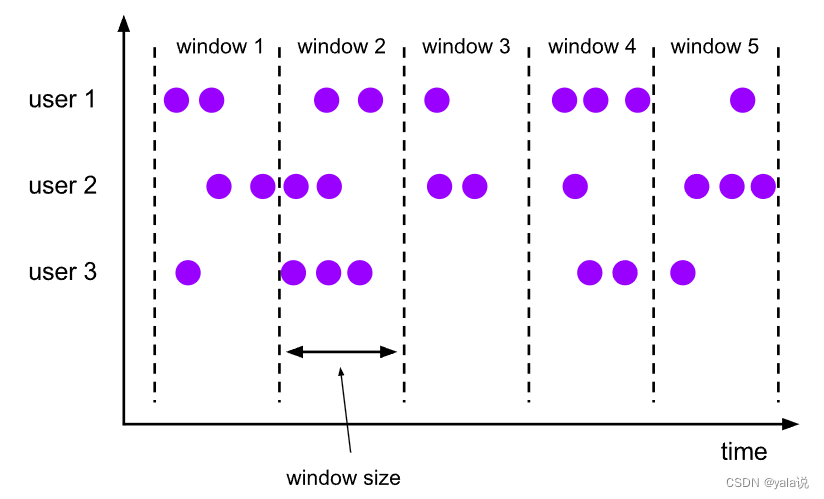
滑动窗口 (Sliding Window):滑动窗口有重叠,也可以没有重叠,如果窗口size和滑动size相等,等于滚动窗口;

会话窗口 (Session Window):基于会话对窗口进行分组,与其他两个不同的是,会话窗口是借用会话窗口的超时失效机触发窗口计算,当数据到来后会开启一个窗口,如果在超时时间内有数据陆续到来,窗口不会关闭,反之会关闭;极端情况,如果数据总能在窗口超时时间到达前远远不断的到来,该窗口会一直开启不会关闭;
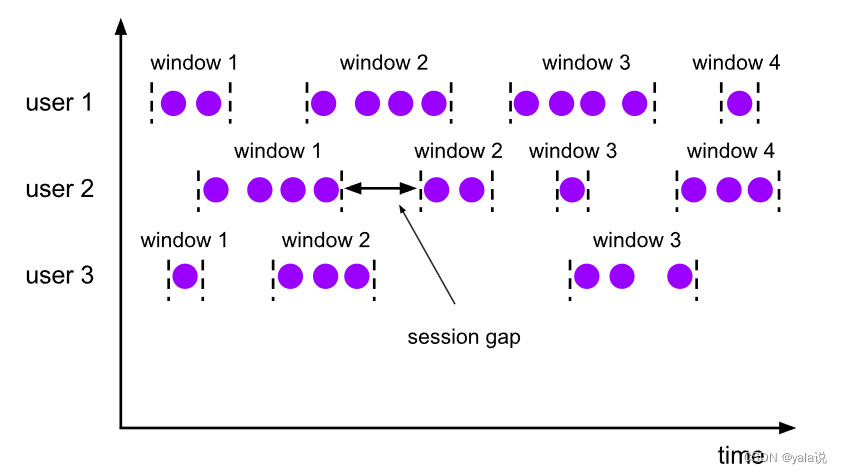
全局窗口 (Global Window):比较通用的窗口,该窗口会把数据分配到一个窗口中,窗口为全局有效,会把相同key的数据分配到同一个窗口中,默认不会触发计算,跟没有窗口一样,需要自定义触发器才能使用;
窗口API分类
窗口大的分类可以分为按键分区和非按键分区两种:按键分需要经过keyby操作,会把数据进行分发,实现负载均分,可以并行处理更大的数据量。而非按键分区窗口,相当于并行度为1,使用上直接调用windowall(),因此一般并不推荐使用;
API调用
窗口操作分为窗口分配器(window Assigners)和窗口函数(window function)两部分,窗口分配器用于构建窗口,确定窗口类型,确定数据划分哪一个窗口,窗口函数制定数据的计算规则;
窗口分配器器:
窗口按照时间可以划分为:滚动、滑动和session,三种类型窗口;
窗口计数划分:滚动和滑动两种类型;
eventStream.keyBy(data -> data.url)
.window(SlidingEventTimeWindows.of(Time.seconds(10), Time.seconds(5)))
.aggregate();窗口函数
窗口定义分配器后,知道数据属于哪一个窗口,窗口函数制定数据计算的规则;
增量聚合函数:
数据进入窗口会参与计算,窗口结束前只需要保留一个聚合后的状态值,内存压力小。
1.规约函数(ReduceFunction):数据保存留一个状态,输入类型和输出类型必须一致,来一条数据会处理将数据合并到状态中;
stream.keyBy(r -> r.f0)
// 设置滚动事件时间窗口
.window(TumblingEventTimeWindows.of(Time.seconds(5)))
.reduce(new ReduceFunction<Tuple2<String, Long>>() {
@Override
public Tuple2<String, Long> reduce(Tuple2<String, Long> value1, Tuple2<String, Long> value2) throws Exception {
// 定义累加规则,窗口闭合时,向下游发送累加结果
return Tuple2.of(value1.f0, value1.f1 + value2.f1);
}
})
.print();sum、max、min等底层都是通过同名AggregateFunction实现(非下面的聚合函数),本质还是实现ReduceFunction结构重写了reduce方法;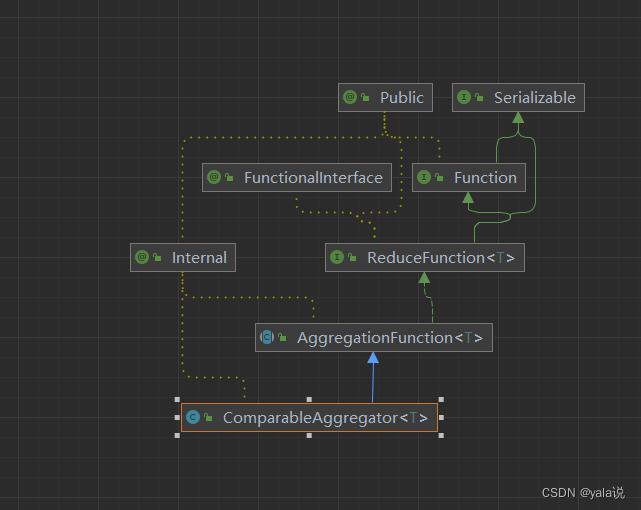
2.聚合函数(AggrateFunction):在规约函数基础上进行完善。解决输出和输入类型必须一致的限制问题。实现应用更灵活;
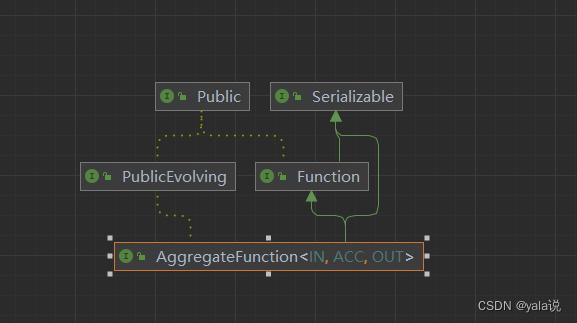
// 所有数据设置相同的key,发送到同一个分区统计PV和UV,再相除
stream.keyBy(data -> true)
.window(SlidingEventTimeWindows.of(Time.seconds(10), Time.seconds(2)))
.aggregate(new AvgPv())
.print();
public static class AvgPv implements AggregateFunction<Event, Tuple2<HashSet<String>, Long>, Double> {
@Override
public Tuple2<HashSet<String>, Long> createAccumulator() {
// 创建累加器
return Tuple2.of(new HashSet<String>(), 0L);
}
@Override
public Tuple2<HashSet<String>, Long> add(Event value, Tuple2<HashSet<String>, Long> accumulator) {
// 属于本窗口的数据来一条累加一次,并返回累加器
accumulator.f0.add(value.user);
return Tuple2.of(accumulator.f0, accumulator.f1 + 1L);
}
@Override
public Double getResult(Tuple2<HashSet<String>, Long> accumulator) {
// 窗口闭合时,增量聚合结束,将计算结果发送到下游
return (double) accumulator.f1 / accumulator.f0.size();
}
@Override
public Tuple2<HashSet<String>, Long> merge(Tuple2<HashSet<String>, Long> a, Tuple2<HashSet<String>, Long> b) {
return null;
}
}全窗口函数
全窗口函数会将进入窗口的数据先进行缓存,然后在窗口关闭时一起计算,缓存数据会占用内存资源,如果一个窗口数据量太大时,可能出现内存溢出的问题;
全窗口函数可以划分窗口函数(windowFunction)和处理窗口函数(processWindowFunction)两种;
窗口函数(windowFunction):老版本通用窗口接口,window()后调用apply(),传入实现windowFunction接口; 缺点是不能获取上下文信息,也没有更高级的功能。因为在功能上可以被processWindowFunction全覆盖,因此主键被弃用;
DataStream<Tuple2<String, Long>> input = ...;
input
.keyBy(<key selector>)
.window(<window assigner>)
.apply(new MyWindowFunction());
@Public
public interface WindowFunction<IN, OUT, KEY, W extends Window> extends Function, Serializable {
/**
* Evaluates the window and outputs none or several elements.
*
* @param key The key for which this window is evaluated.
* @param window The window that is being evaluated.
* @param input The elements in the window being evaluated.
* @param out A collector for emitting elements.
* @throws Exception The function may throw exceptions to fail the program and trigger recovery.
*/
void apply(KEY key, W window, Iterable<IN> input, Collector<OUT> out) throws Exception;
}处理窗口函数(processWindowFunction):是窗口API中最底层通用的窗口函数接口,可以获取到上问对象(context),实现为调用process方法传入自定义继承ProcessWindowFunction类;
input
.keyBy(t -> t.f0)
.window(TumblingEventTimeWindows.of(Time.minutes(5)))
.process(new MyProcessWindowFunction());
/* ... */
public class MyProcessWindowFunction
extends ProcessWindowFunction<Tuple2<String, Long>, String, String, TimeWindow> {
@Override
public void process(String key, Context context, Iterable<Tuple2<String, Long>> input, Collector<String> out) {
long count = 0;
for (Tuple2<String, Long> in: input) {
count++;
}
out.collect("Window: " + context.window() + "count: " + count);
}
}注意:一般增量窗口函数和全量窗口函数可以一起使用,window().aggregate()方法可以传入两个函数,第一个采用增量聚合函数,第二个传入全量函数,这样数据在进入窗口会触发增量计算,窗口不会缓存数据。当窗口关闭触发计算时,结果数据穿度到全量计算,参数Iterable中一般只有一个数据;
aggregate(acct1,acct2)
flink sql 窗口函数
flink sql 窗口也包含常见的滚动窗口、滑动窗口、session窗口,但还有一种累计窗口。
在flink1.13版本后flinksql支持累计窗口CUMULATE,可以实现没5分钟触发一次计算,输出当天的累计数据,使用样例
SELECT
cast(PROCTIME() as timestamp_ltz) as window_end_time,
manufacturer_name,
event_id,
case when state is null then -1 else state end ,
cast(sum(agg)as string ) as agg
FROM TABLE(CUMULATE(
TABLE dm_cumulate
, DESCRIPTOR(ts1)
, INTERVAL '5' MINUTES
, INTERVAL '1' DAY(9)))
GROUP BY
window_end
,window_start
,manufacturer_name
,event_id
,case when state is null then -1 else state end
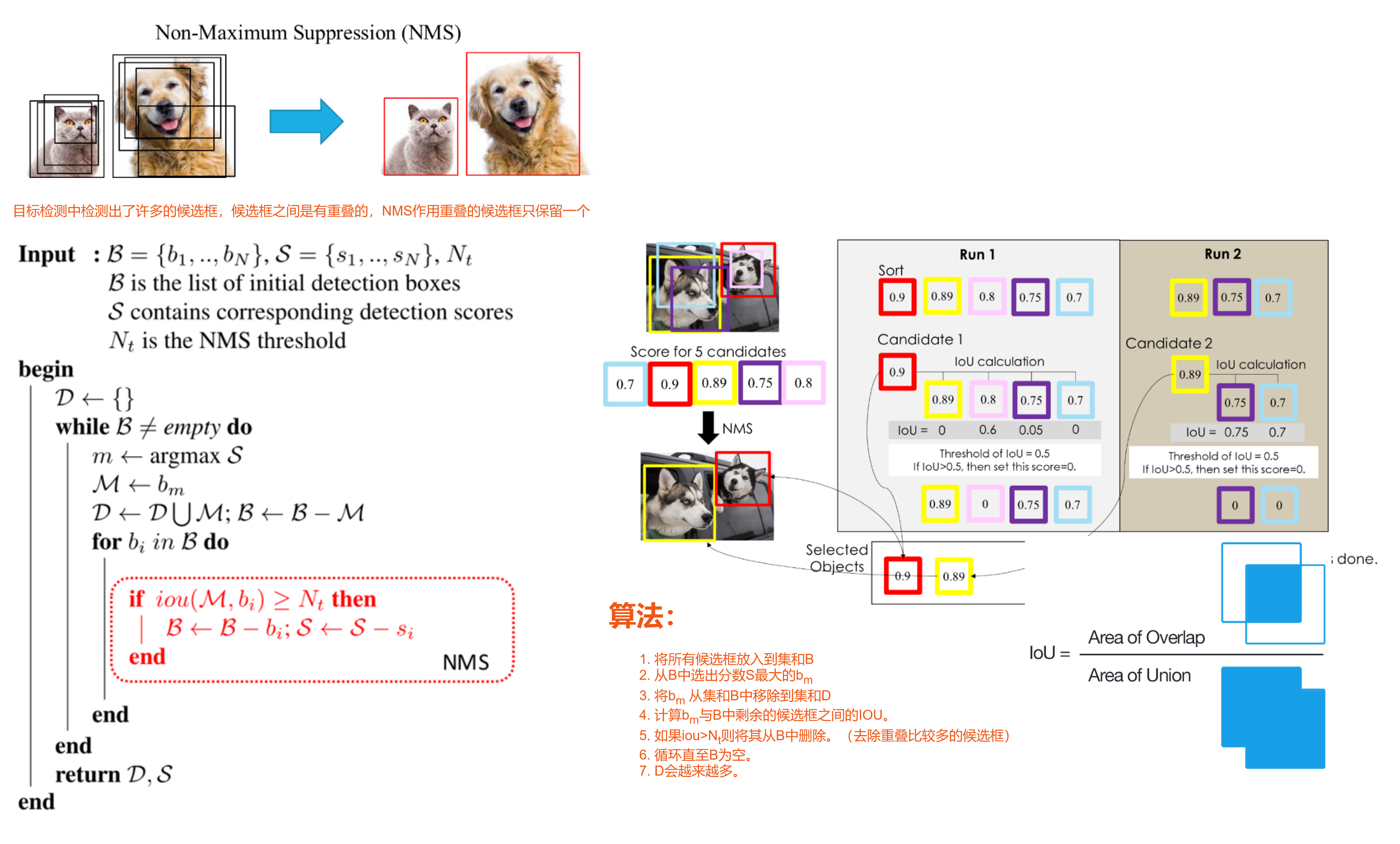


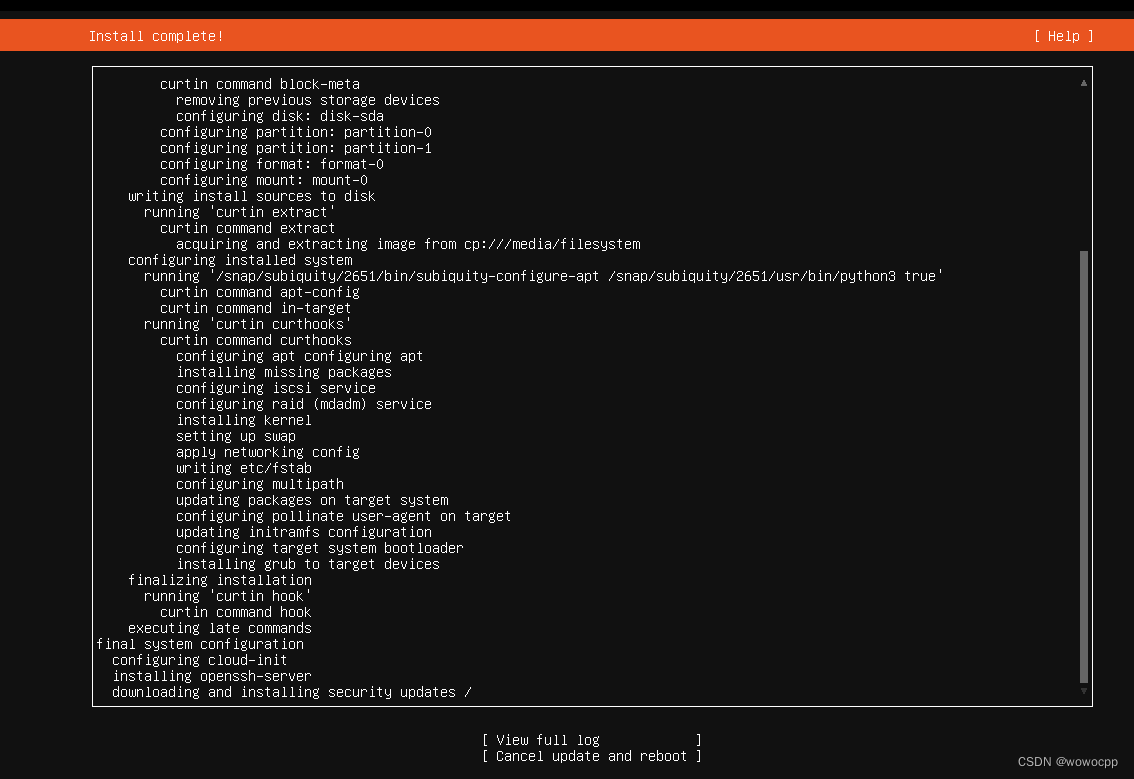

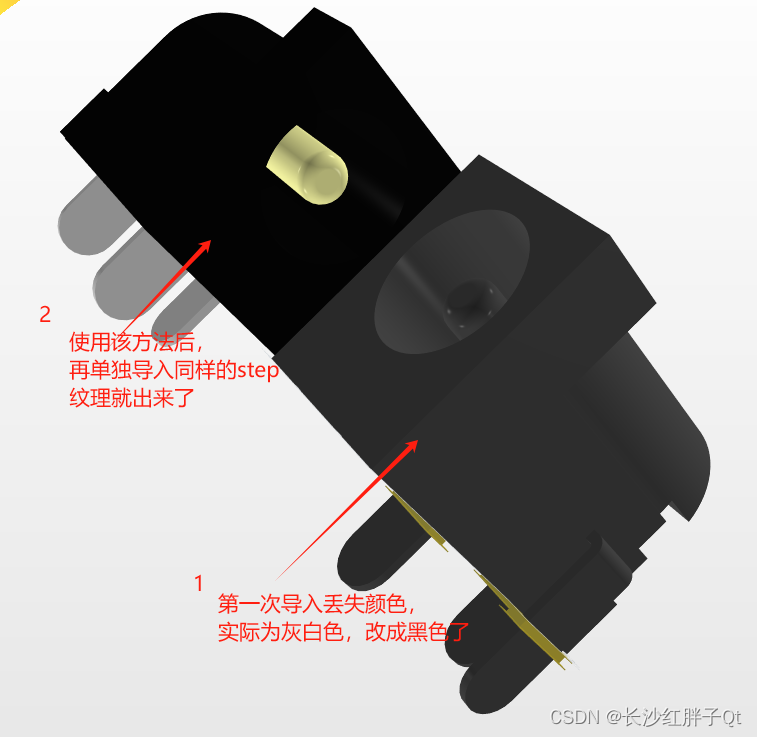


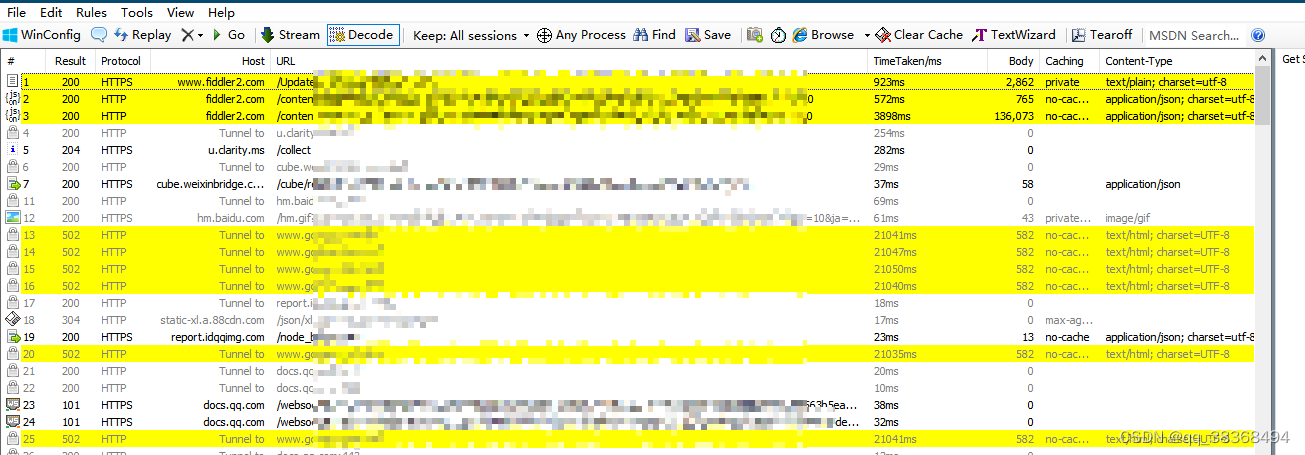


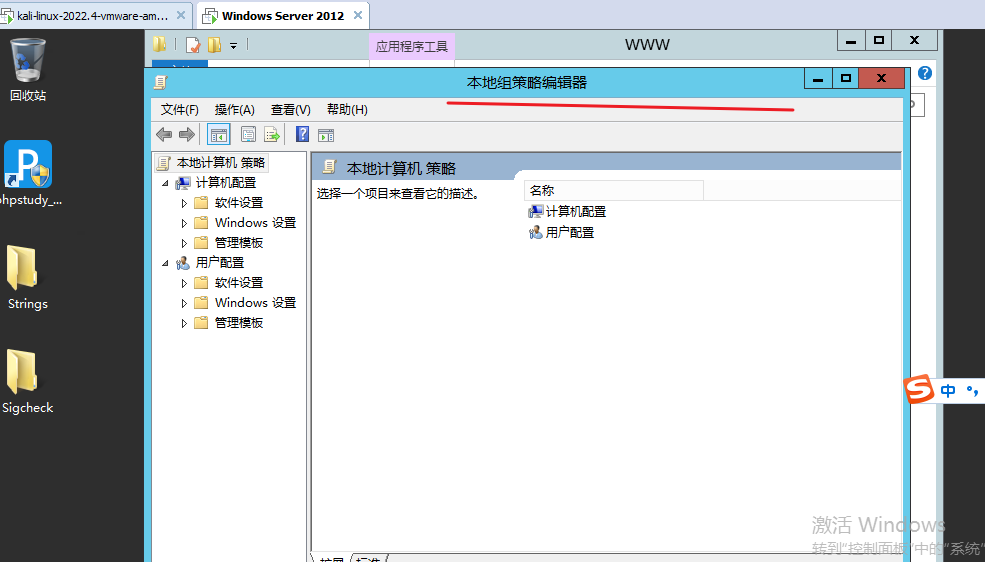
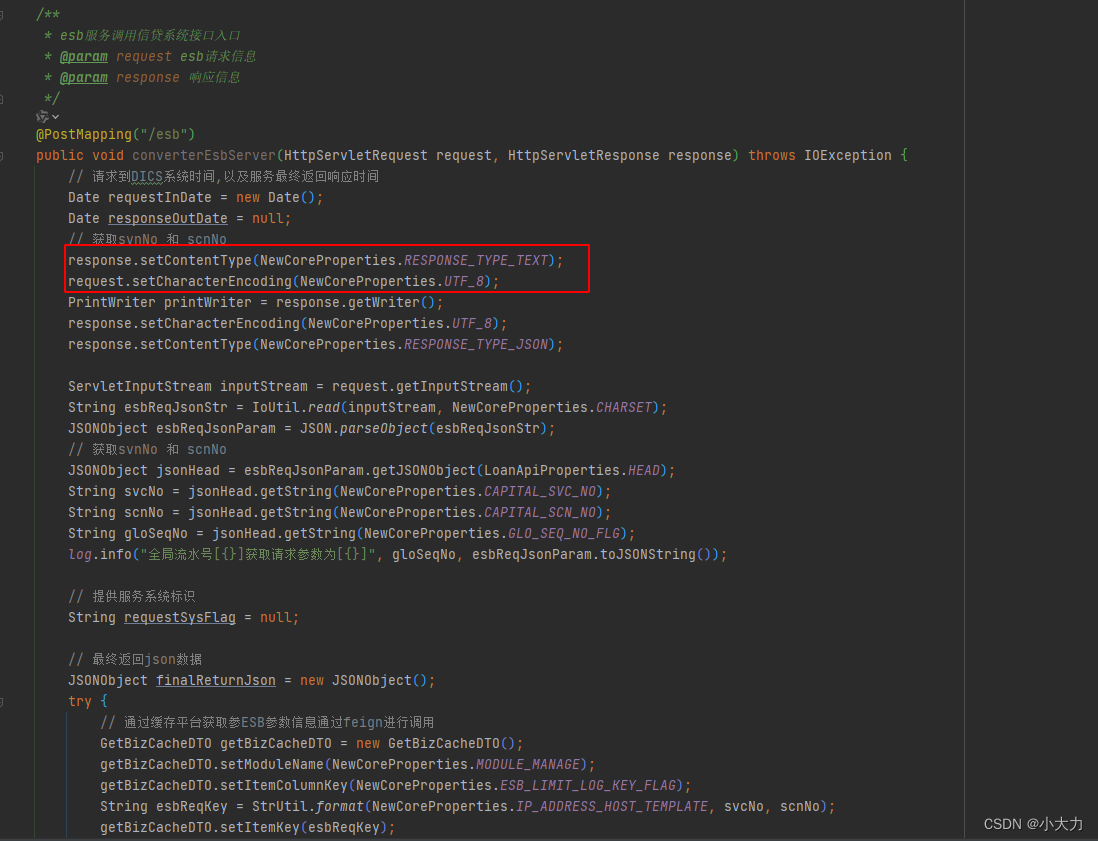
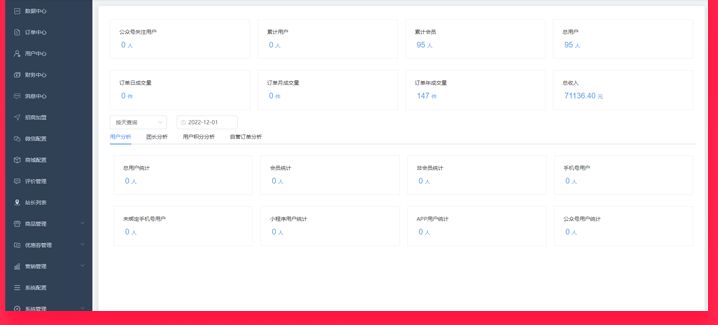




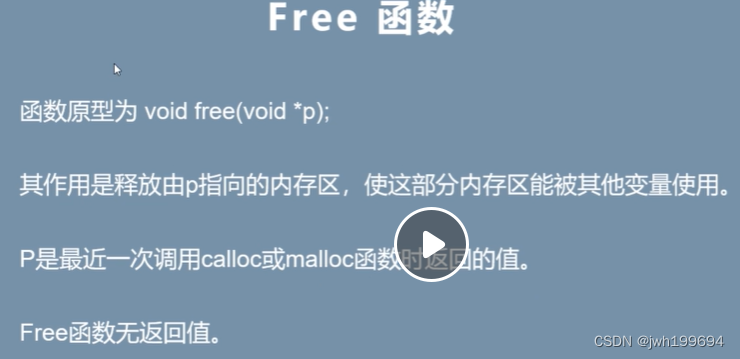
![[图解]建模相关的基础知识-19](https://img-blog.csdnimg.cn/direct/6c5b6ec4beb94e898d6933f8493dbc0d.png)